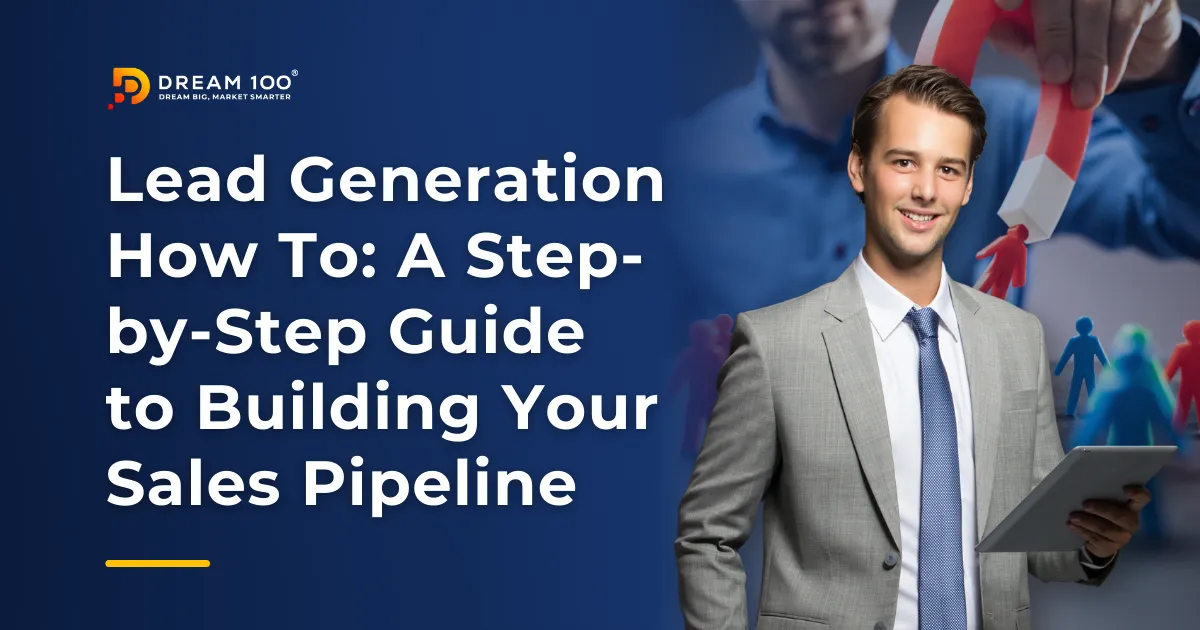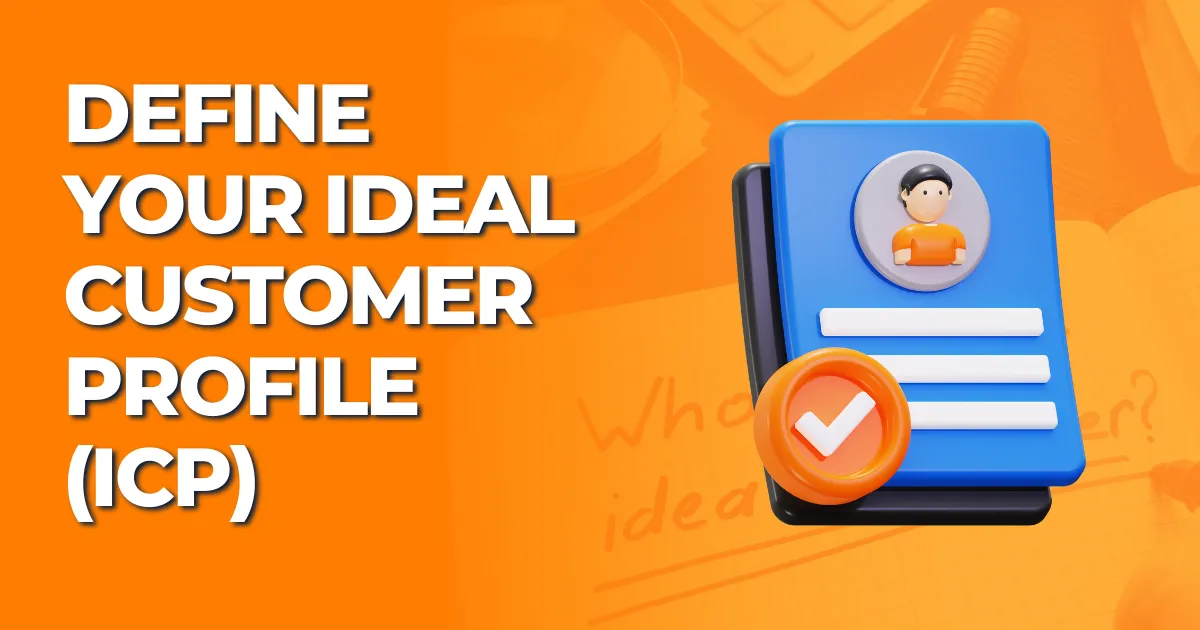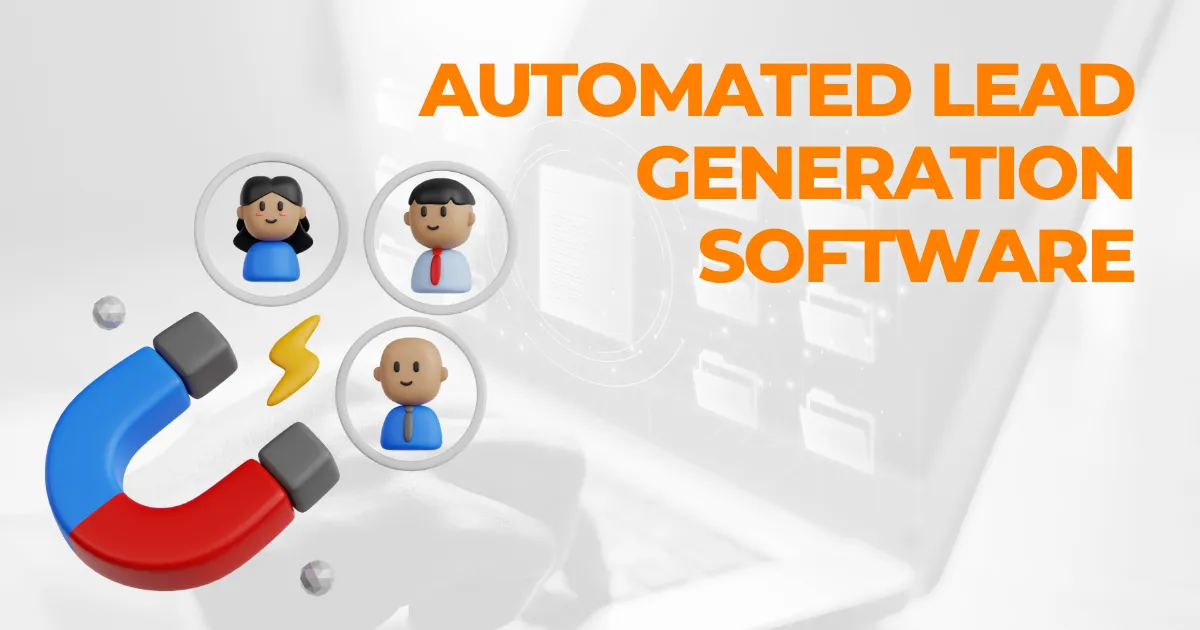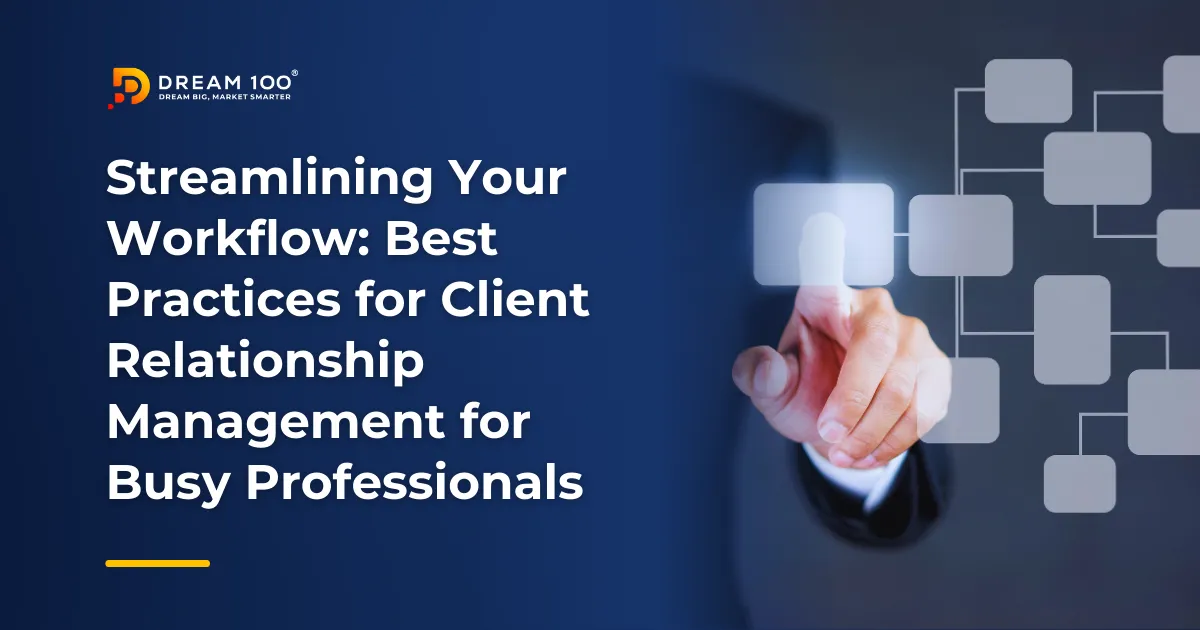Lead generation is the backbone of a thriving sales pipeline. It ensures a steady stream of potential customers who can be nurtured and converted into loyal clients. Yet, many businesses struggle with effectively generating leads that align with their goals.
In this step-by-step guide, we’ll break down lead generation how to strategies, focusing on both manual methods and modern tools like automated lead generation software. Whether you’re just starting or looking to refine your existing strategy, these steps will help you build a robust sales pipeline.
Step 1: Understanding the Lead Generation Process
The first step to effective lead generation is understanding the key elements involved. Lead generation isn’t just about collecting names and emails; it’s about attracting individuals who have a genuine interest in your product or service.
Define Your Ideal Customer Profile (ICP):
Knowing your target audience is crucial. Start by creating an Ideal Customer Profile (ICP) to focus your efforts on prospects most likely to convert. Ask yourself:
- Who is my ideal customer?
- What are their key challenges and goals?
- How can my product or service provide a solution?
By narrowing down your audience, you’ll save time and resources while improving the quality of your leads.
Identify Lead Sources:
Once you have your ICP, the next step is to identify the best sources for your leads. These may include:
- Social media platforms (e.g., LinkedIn, Facebook)
- Your website (via landing pages and lead forms)
- Email marketing campaigns
For business to business lead generation, industry conferences, networking events, and online directories are also effective lead sources.
Step 2: Creating a Strong Sales Pipeline Foundation
A sales pipeline is the journey your prospects take from initial awareness to becoming a customer. To build an effective pipeline, you need a strong foundation.
Craft an Irresistible Offer:
Your offer is what attracts potential leads to engage with your business. It could be a free guide, webinar, demo, or consultation. The key is to ensure your offer addresses a specific pain point for your audience.
Example:
- A business to business lead generation company might offer a free eBook titled “10 Strategies to Double Your B2B Sales in 2025.”
Set Up Lead Capture Systems:
To capture leads effectively, you need tools and systems in place. Use landing pages, pop-ups, and forms to collect your audience’s information. Keep your forms simple and focus on collecting essential details like name, email, and company name.
Landing page optimization plays a vital role in lead capture success. Make sure your pages have clear CTAs (call-to-actions) and highlight the value your offer provides.
Step 3: Leveraging Automation for Scale
As your lead generation efforts grow, managing everything manually becomes overwhelming. This is where automation comes in.
Automated Lead Generation Software:
Automation tools help streamline repetitive tasks like lead tracking, follow-ups, and nurturing. Popular solutions like HubSpot, Marketo, and ActiveCampaign allow you to create workflows that nurture leads automatically.
For example, a prospect downloads your eBook, and your software sends them a series of follow-up emails, gradually moving them through the sales funnel. Automation ensures no lead falls through the cracks while saving your team countless hours.
Email Outreach Software:
Email remains one of the most effective lead generation tools. Using email outreach software like Mailchimp or Apollo, you can:
- Send personalized email campaigns.
- Track open and click-through rates.
- Automate follow-ups to keep prospects engaged.
When crafting email campaigns, focus on personalization. Emails that address specific challenges or goals of your audience see higher engagement rates.
Step 4: Qualify and Prioritize Leads
Not all leads are created equal, so it’s essential to qualify and prioritize them. This ensures your sales team focuses on prospects most likely to convert.
Lead Scoring:
Lead scoring assigns a value to each lead based on specific criteria, such as:
- Level of engagement (e.g., email opens, clicks).
- Demographics (e.g., job title, company size).
- Behavioral data (e.g., website visits, content downloads).
CRM tools like Salesforce or HubSpot can help automate the lead scoring process, making it easier to identify high-priority leads.
Read More: https://d100.com/lead-scoring-system-best-practices-and-common-pitfalls/
Engage High-Value Leads:
Once you’ve identified your top leads, it’s time to engage them. For business to business lead generation, this may involve personalized emails, phone calls, or even LinkedIn outreach. Tailor your approach based on the lead’s specific needs and preferences.
Step 5: Nurturing Leads and Building Relationships
Once you’ve captured and qualified your leads, the next critical step is nurturing them. Building relationships with your leads ensures they remain engaged and move steadily through your sales pipeline.
Develop a Lead Nurturing Strategy:
A lead nurturing strategy involves providing value at every stage of the buyer’s journey. This includes:
- Educational Content: Share blog posts, webinars, or whitepapers that address their challenges.
- Targeted Follow-Ups: Use personalized emails or messages to check in and offer additional resources.
- Social Proof: Highlight case studies, testimonials, or success stories to build trust.
Read More: https://d100.com/effective-lead-generation-email-template/
Use Multi-Channel Communication:
Don’t rely solely on one channel to nurture leads. Combine methods such as:
- Email campaigns for regular updates and educational content.
- Retargeting ads to stay top-of-mind for website visitors.
- Social media engagement to build a more personal connection.
Track Engagement Levels:
Pay attention to how your leads interact with your content. For example:
- Are they opening your emails?
- Are they downloading resources or attending webinars?
Push Leads Down the Funnel:
For qualified leads, introduce calls-to-action that guide them toward the next stage, such as booking a demo, requesting a consultation, or signing up for a free trial.
Step 6: Measuring and Optimizing Your Sales Pipeline
Building a sales pipeline isn’t a one-time task. To ensure its success, you must continuously measure and optimize your efforts.
Track Key Metrics:
Some of the most important metrics to monitor include:
- Conversion rates (e.g., from lead to customer).
- Email open and click-through rates.
- Cost per lead.
Tracking these metrics helps you identify what’s working and where improvements are needed.
A/B Testing:
Testing different approaches is a great way to refine your strategy. For instance, you can test variations of your email subject lines, landing page designs, or CTAs to see which performs best.
Iterate and Improve:
Lead generation is an ongoing process. Use the insights from your analytics to fine-tune your strategies and adapt to changing market conditions.
Why the Right Tools Make All the Difference
Investing in the right tools, such as automated lead generation software and email outreach software, can drastically improve your results. These tools not only save time but also help you scale your efforts and maintain a consistent flow of leads.
For businesses focusing on business to business lead generation, leveraging platforms like LinkedIn Sales Navigator or CRM tools like Zoho CRM can make the process even more efficient.
Read More: https://d100.com/right-lead-management-tools-for-your-sales-team/
Final Thoughts
Generating high-quality leads doesn’t have to be a daunting task. By following this step-by-step guide, you can create a scalable and efficient sales pipeline that consistently delivers results.
If you’re ready to take your lead generation to the next level, consider exploring the Dream 100® Done-for-You Program here. This tailored solution helps businesses achieve exponential growth through strategic lead generation and partnerships.
For more insights and strategies, check out additional blogs in our Dream 100® blog library.






